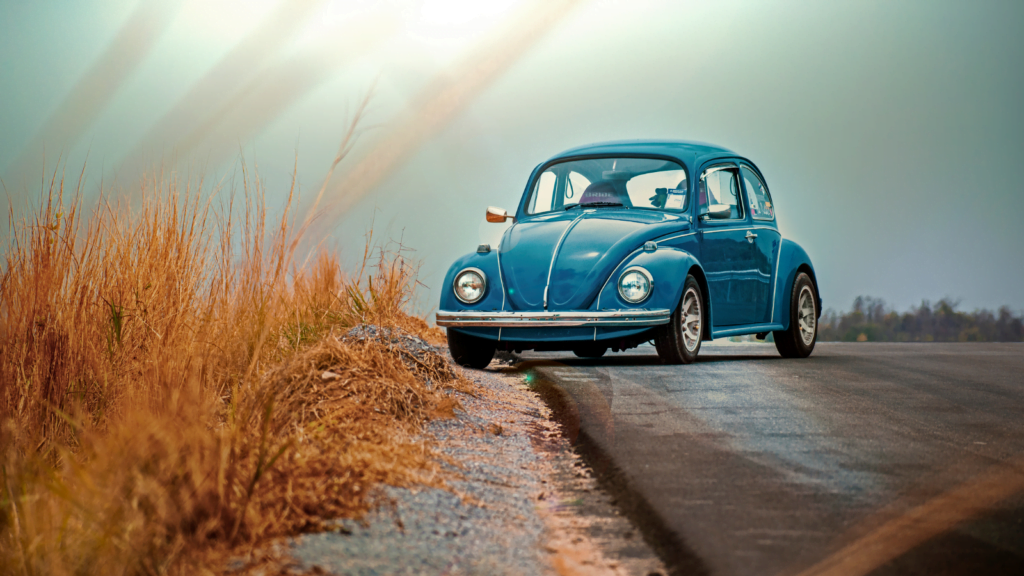While most cars are designed for practicality and reliability, some cars have been built to become legends and beloved by car enthusiasts worldwide. These cars transcend their original function to become cultural icons, featuring unique designs, innovation, or unmatched power and performance that transformed the automotive industry and inspire designers and manufacturers till today. Here are 22 vehicles that have become cult classics:
DeLorean DMC-12 (1981)
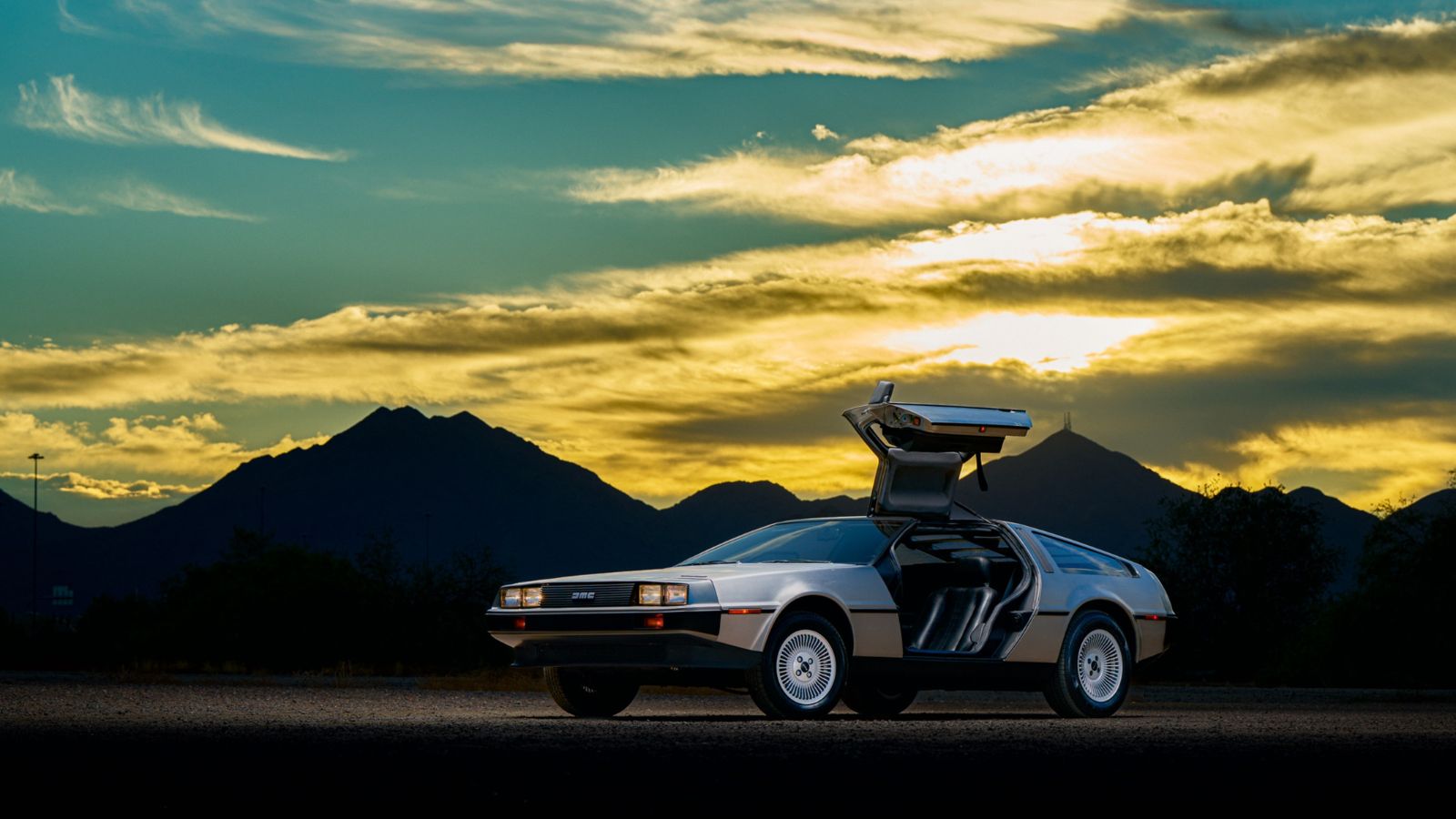
The DeLorean DMC-12 is perhaps the most iconic car of all time. Although its brushed stainless-steel bodywork and gullwing doors made it look like a car from the future, its role in the Back to the Future trilogy made it a cult classic. Beneath its bonnet, it boasted a 2.85-liter V6 engine producing 130 horsepower, which was meager by modern standards but exhilarating in its day. It took just 10.5 seconds to achieve 0-60 mph, and inside, it featured a chic, minimalist interior complete with a cockpit-oriented driving position, leather-trimmed surfaces, and a revolutionary digital instrument panel.
Volkswagen Beetle (1938)
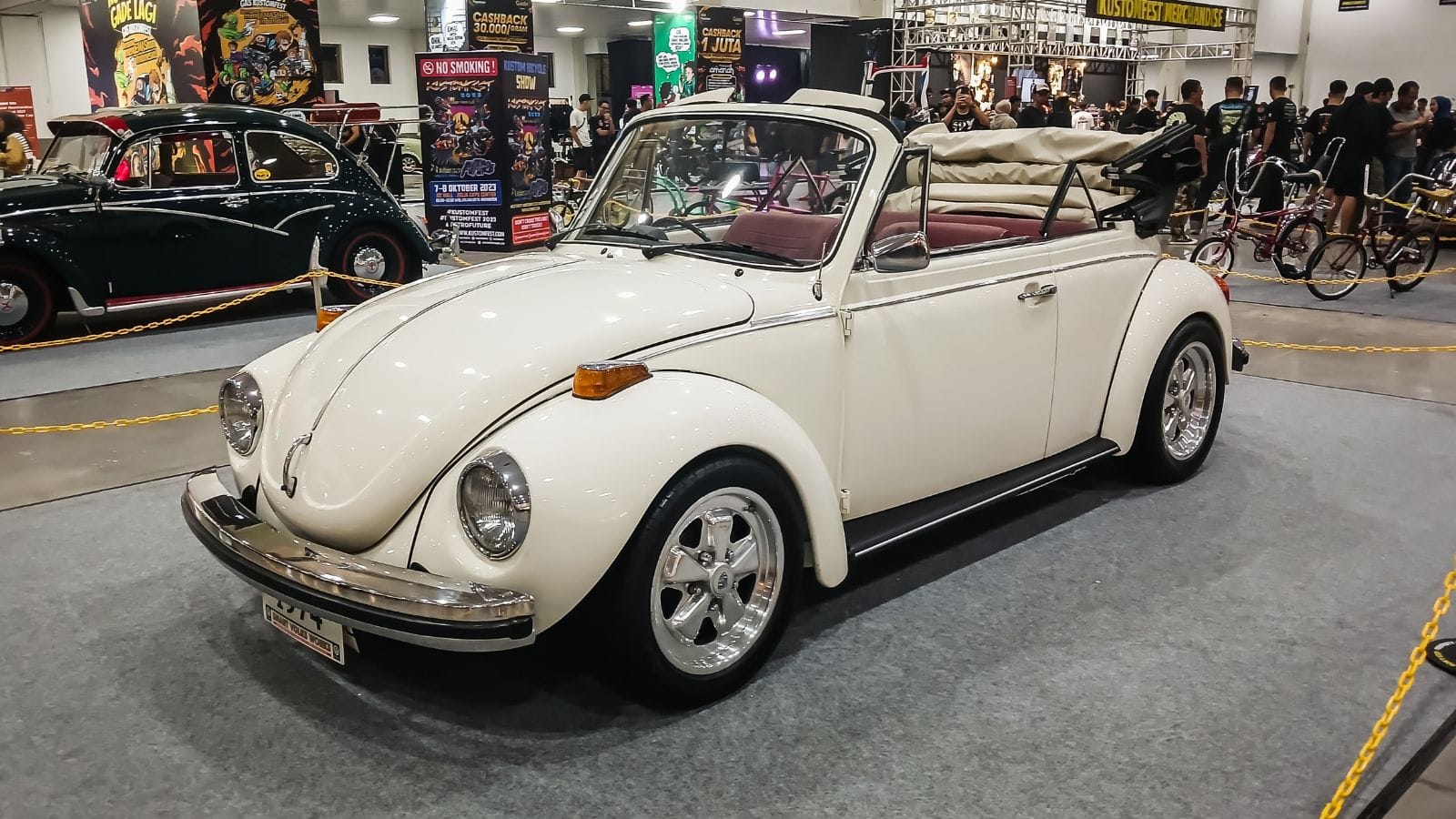
Designed by Ferdinand Porsche, the original intention of the Volkswagen Beetle was a cheap “people’s car” whose appeal lies in its lack of complexity. It had a 1.6-liter flat-four engine, air-cooled, rear-wheel drive. Depending on the year, it went 0-60 mph in approximately 18 seconds, which did not make it a speed demon, but its robustness and character compensated for it. The inside was sweetly simple, with vinyl bench seating, a minimalist instrument panel, and a no-nonsense charm that captured millions. It became a counterculture icon for its popularity among hippies and classic car aficionados.
Ford Mustang Boss 302 (1969)
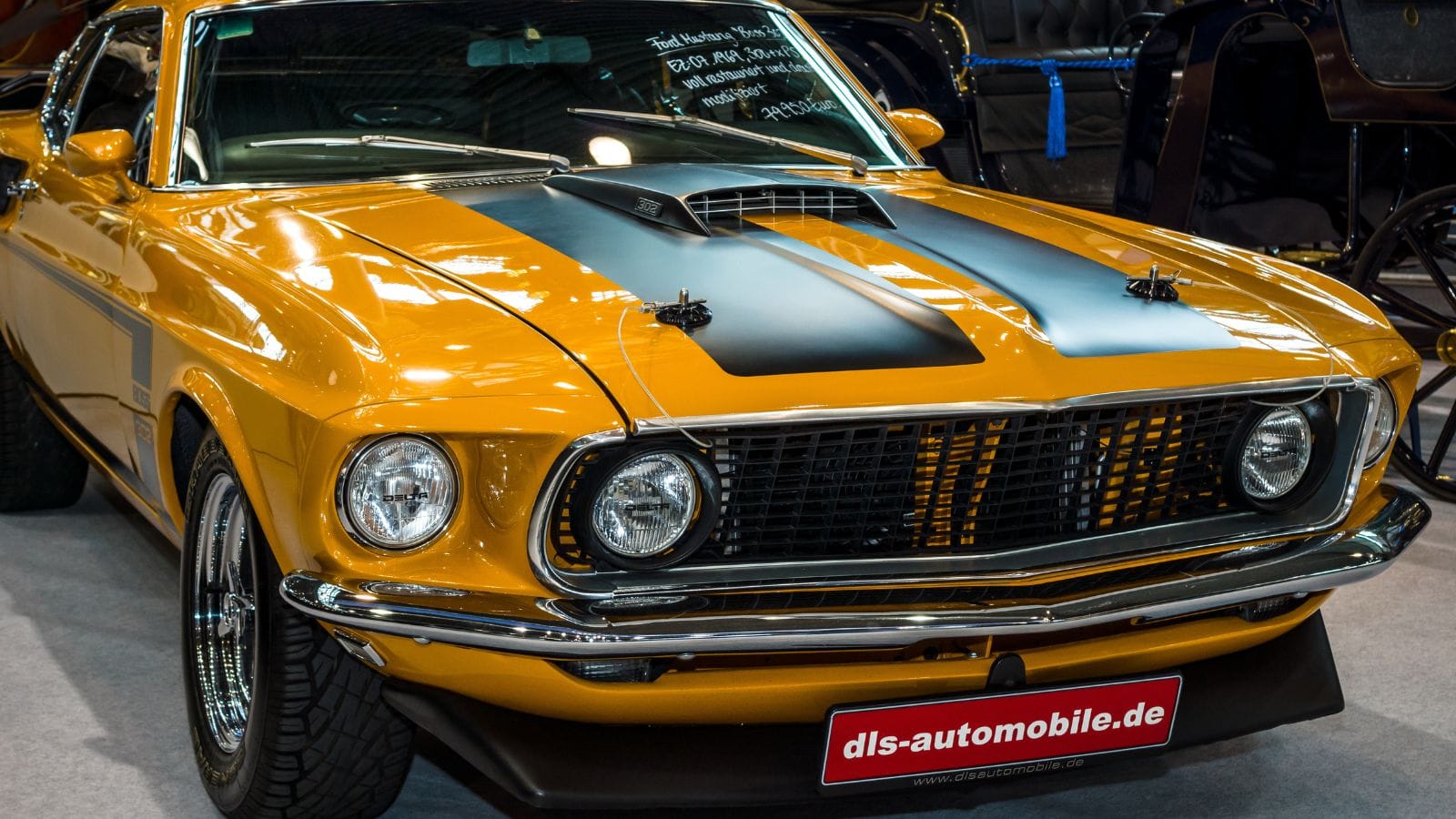
Ford rolled out the Boss 302 to battle in the Trans-Am series and created a muscle car legend. Created by Larry Shinoda, the Boss 302 was outfitted with a 5.0-liter V8 engine generating 290 horsepower. It accelerated from 0 to 60 mph in 6.9 seconds and delivered raw, uncompromising power. The interior features high-back bucket seats, a woodgrain instrument panel, and instrumentation for performance.
Chevrolet Camaro Z/28 (1967)
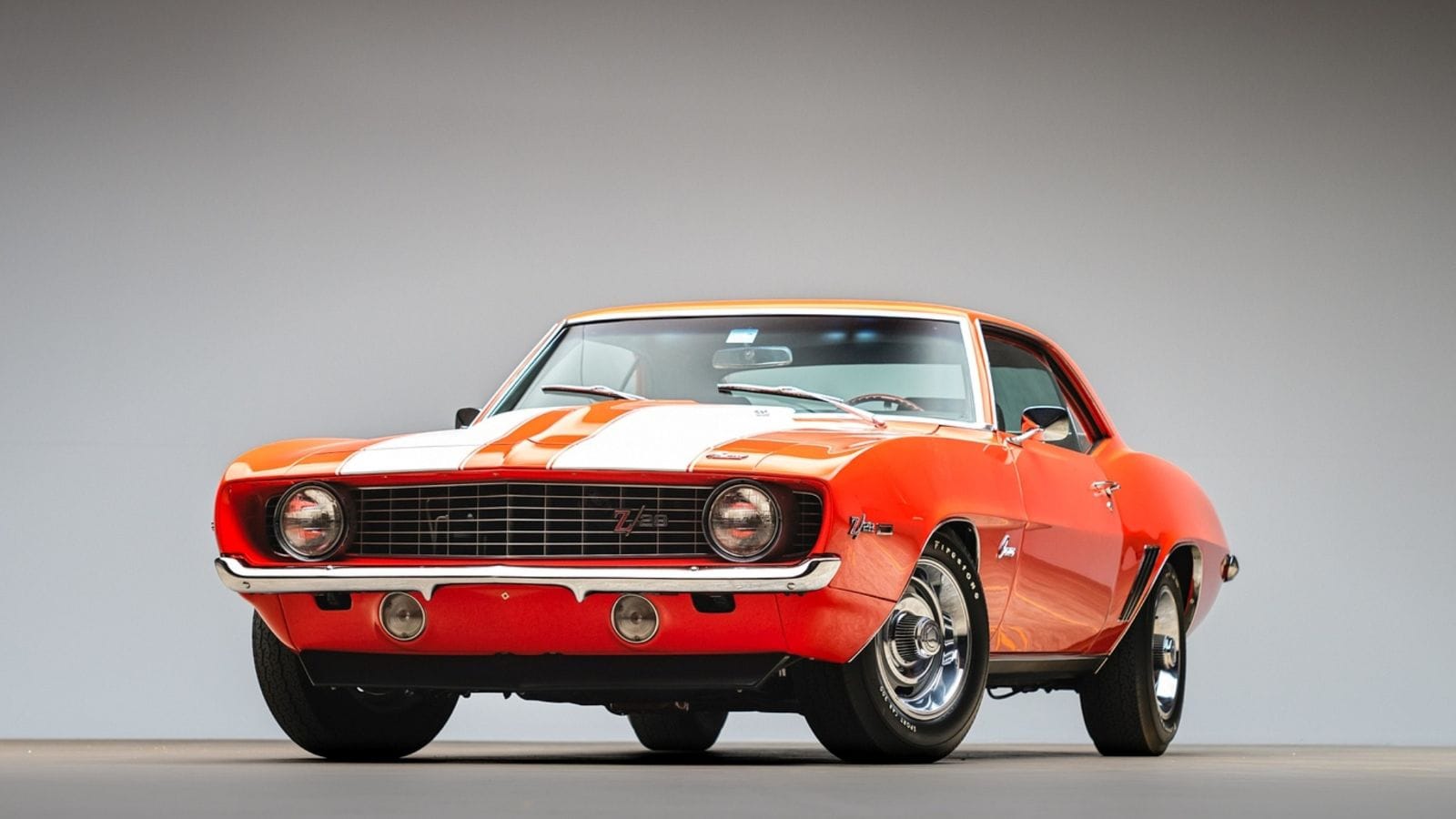
The Chevrolet Camaro Z/28 was a marriage of brute force and unexpected elegance. Styled by Bill Mitchell, it was Chevy’s response to the Mustang. With a 4.9-liter V8 under the hood, it had 290 horsepower and accelerated 0-60 mph in 7.4 seconds. The interior depicted a classic late-’60s muscle with a utilitarian black vinyl interior, a center console, and performance instruments. Its distinguished handling and balance of power and agility made it one of the most sought-after Camaros ever produced.
Porsche 911 Carrera RS (1973)
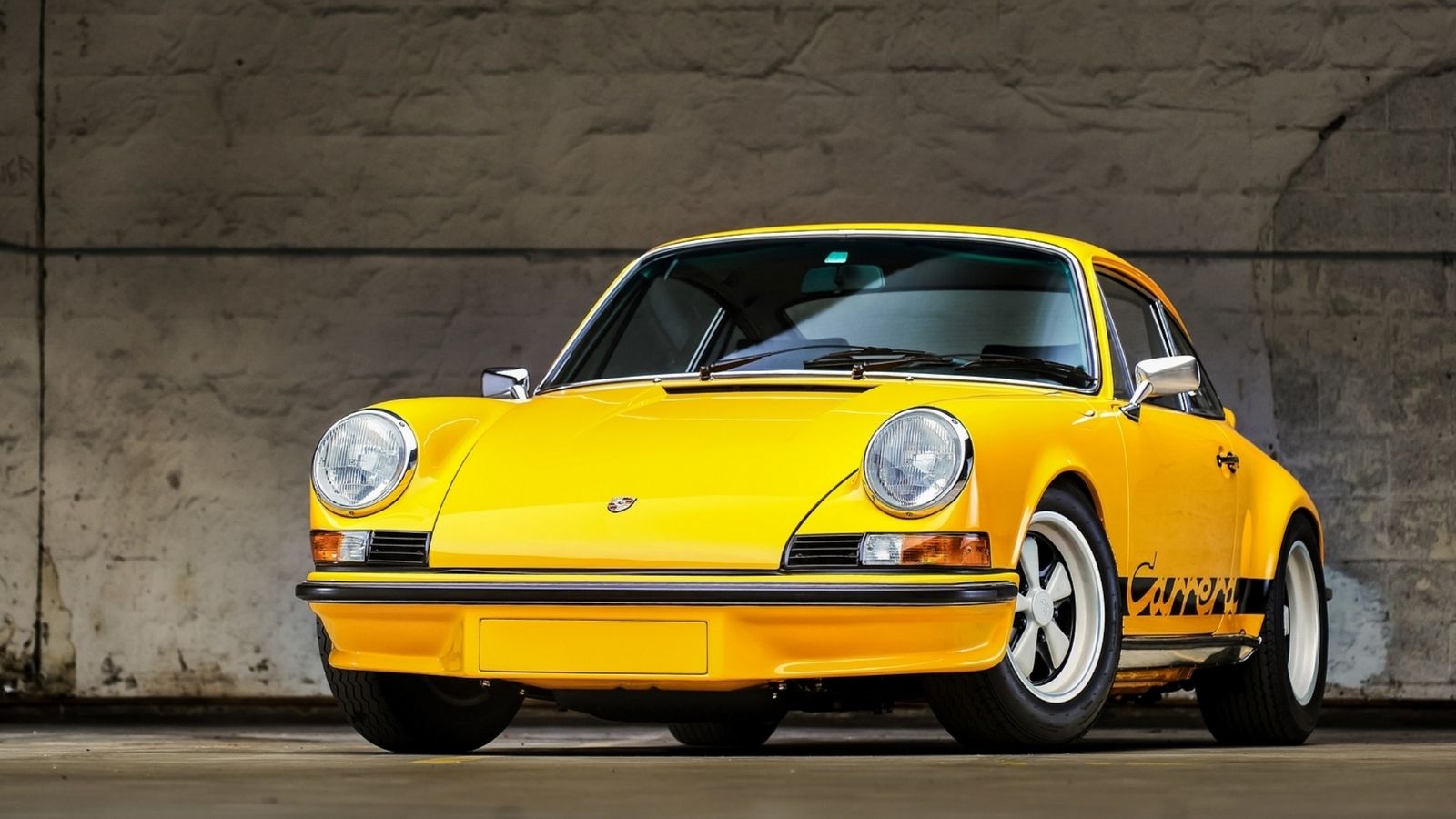
Ferdinand Alexander Porsche designed the Porsche 911 Carrera RS and established a new standard for high-performance sports cars. Its lightweight, high-performance model featured a 2.7-liter flat-six engine pushing out 210 horsepower. It accelerated from 0 to 60 mph in just 5.6 seconds and was one of the fastest cars of its era. The interior featured thin bucket seats and a minimalist dashboard, lacking unnecessary luxuries to save weight. The legendary “ducktail” rear spoiler and razor-sharp handling made it an overnight sensation among driving enthusiasts, contributing to its reputation as a cult classic.
Mazda MX-5 Miata (1989)
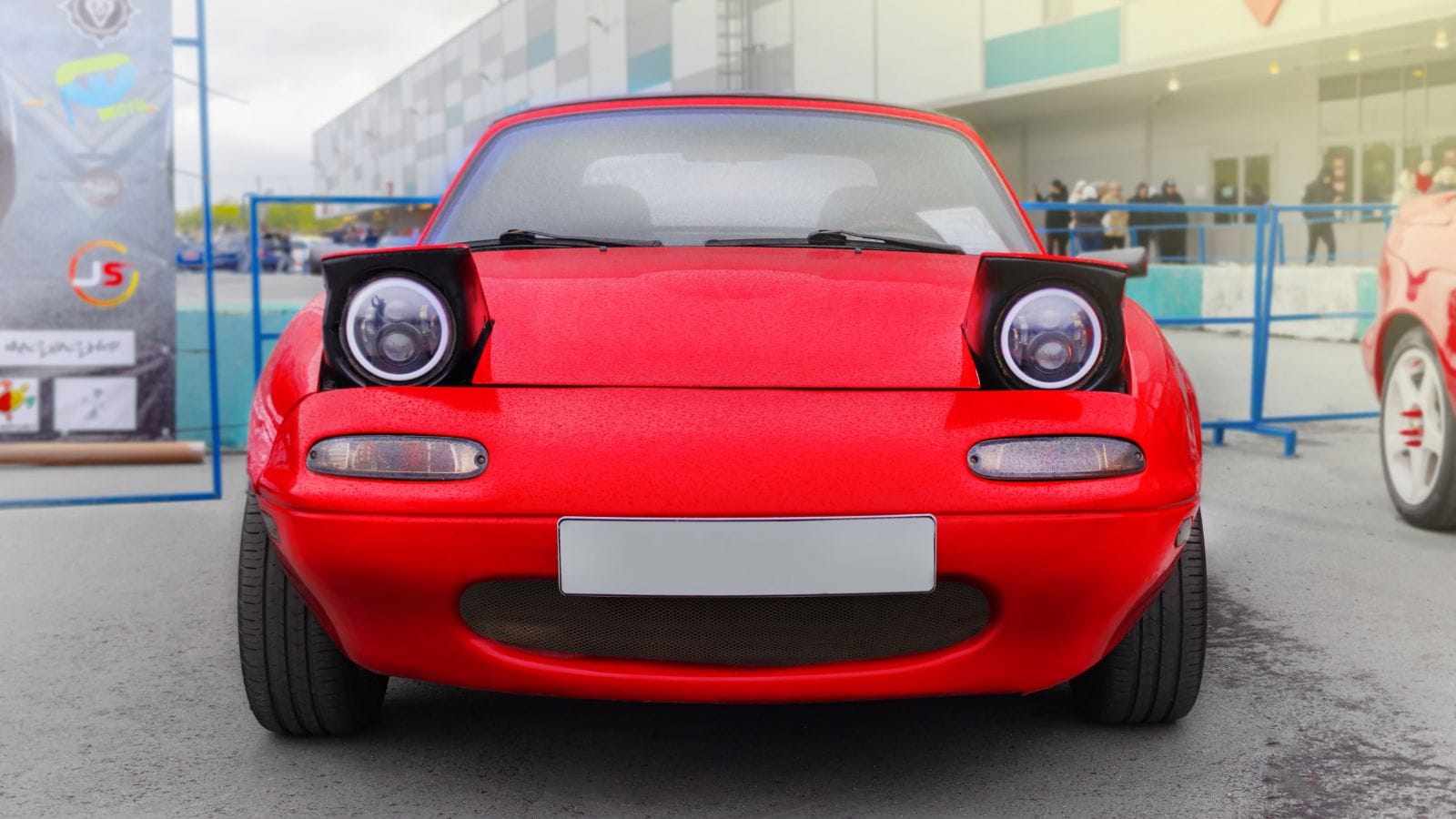
Few vehicles capture the essence of driving as much as the Mazda MX-5 Miata. Designed by Tom Matano, it brought back the essence of light British roadsters with Japanese reliability. Its 1.6-liter four-banger might have only yielded 116 horsepower, but in combination with its featherweight body, it could sprint from 0-60 mph in 8.6 seconds. The interior was driver-focused with a low-slung cockpit, supportive cloth bucket seats, and an analog gauge cluster. It was a diminutive roadster that became a cult favorite because it had the features of a genuine enthusiast’s car.
BMW M3 (E30) (1986)
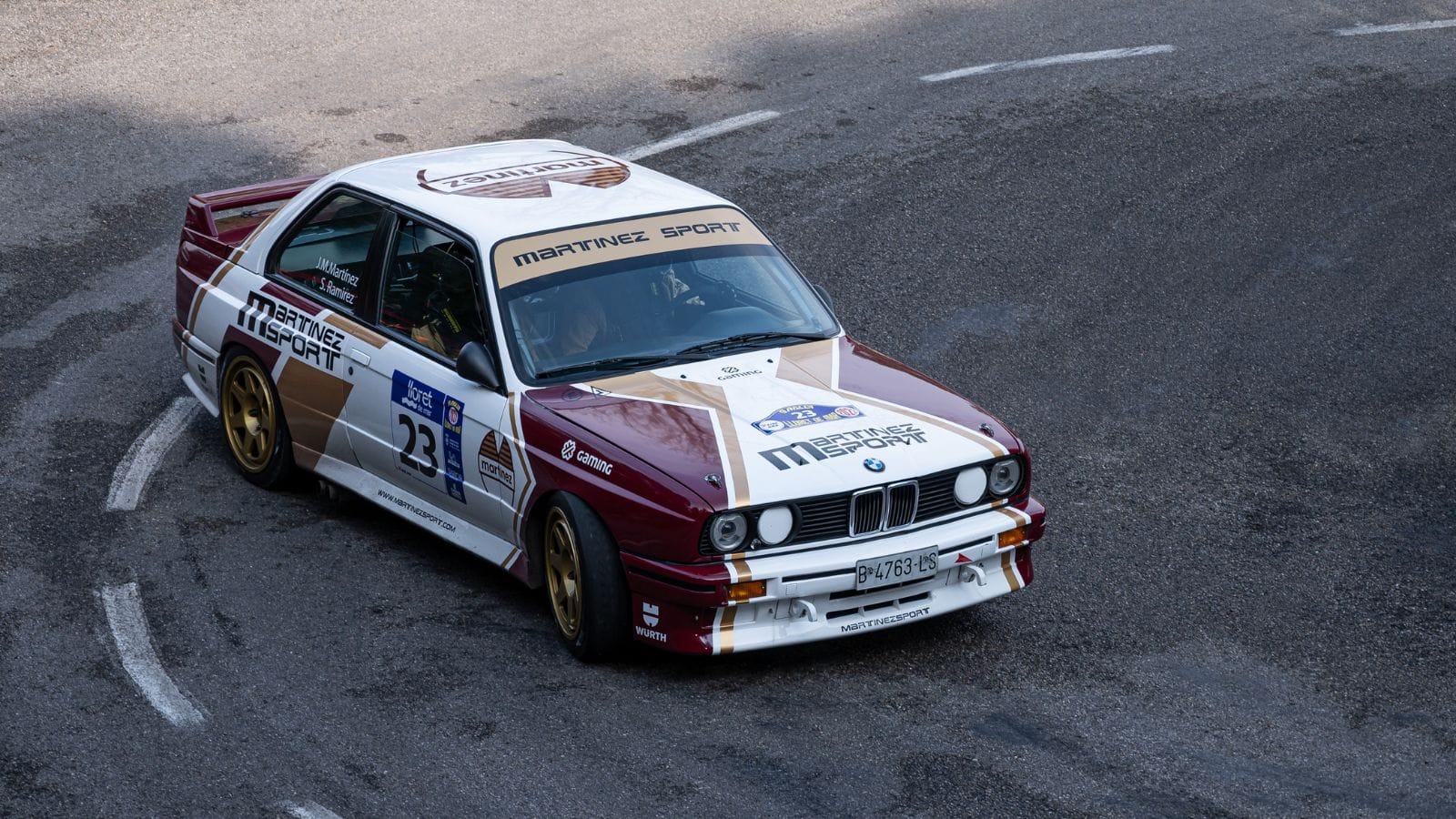
The BMW E30 M3 was a road-going motorsport icon. Designed by Paul Rosche, it set new standards for the sports sedan. Its 2.3-liter four-cylinder engine and 192 horsepower enabled it to go from 0 to 60 mph in a mere 6.5 seconds. The interior had a leather-wrapped steering column, Recaro-pattern seats, and traditional BMW ergonomics, perfectly blending luxury and performance. Originally constructed as a homologation car in racing, the E30 M3 is a legend of precision engineering and today one of the most coveted BMWs.
Jeep Wrangler (YJ) (1986)
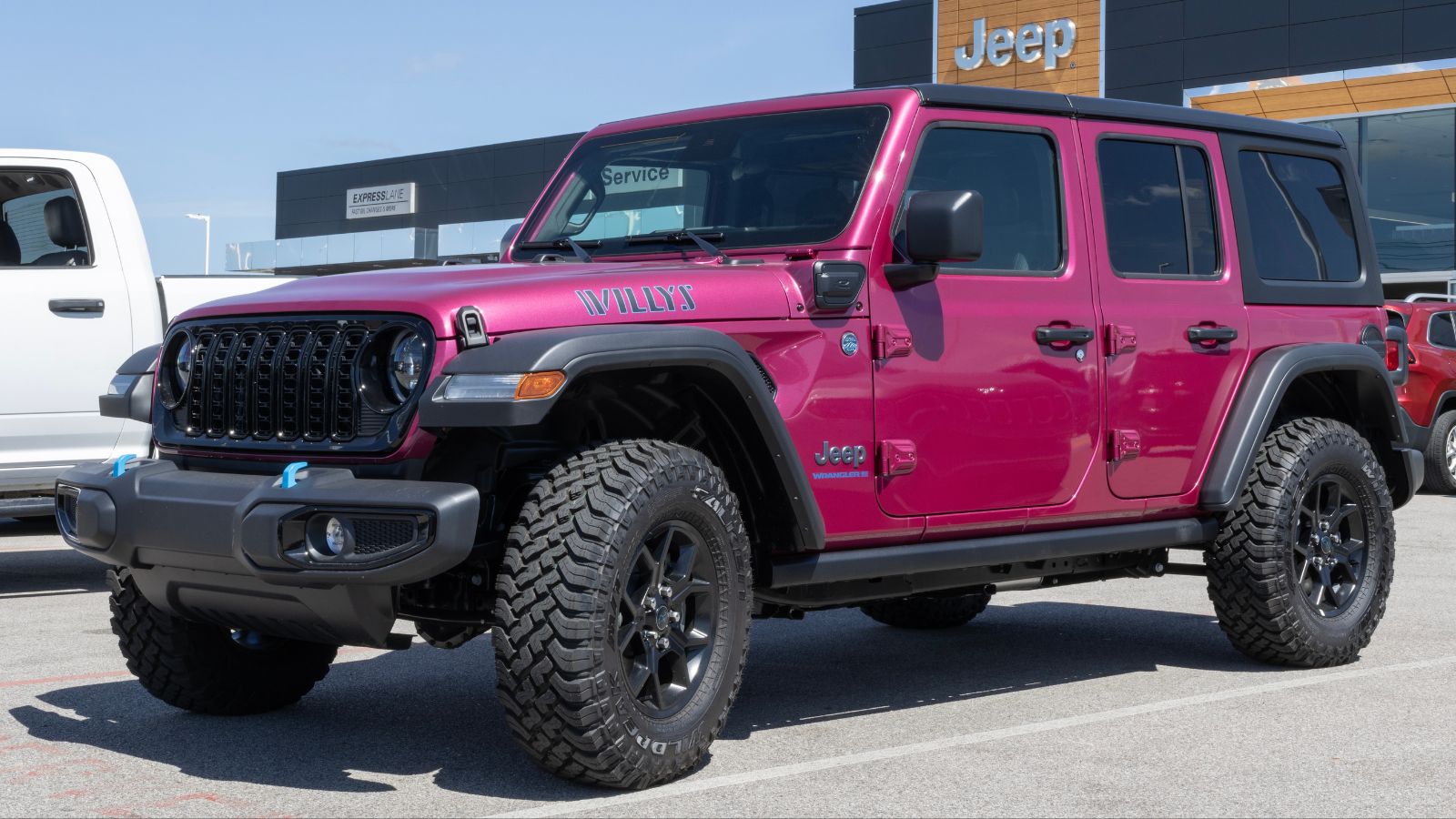
The Wrangler YJ introduced go-anywhere capability with ruggedness to a new breed of adventurers. Conceived during Dick Teague’s tenure, it introduced an off-road way of life to a new generation. It had a 4.2-liter inline-six engine producing 112 horsepower, which provided a relaxed 0-60 mph time of 12.5 seconds. The interior was utilitarian but practical, with removable vinyl seats, drain plugs for quick cleanup, and a fold-down windshield. Its square-shaped headlights and unmatched off-road performance made the YJ a cult favorite among adventure seekers.
Subaru WRX STI (2004)

The Subaru WRX STI injected rally racing thrills into mundane roads. Rally-hardened and turbocharged, it became the embodiment of value-packed performance. The 2.5-liter turbocharged flat-four engine under its hood cranked out 300 horsepower and had it launching from 0-60 mph in 4.6 seconds. It had a stylish interior with blue Alcantara buckets, a rally-themed gauge panel, and a leather-trimmed steering wheel. The iconic hood scoop and enormous rear wing made it a tuner favorite and an enthusiast’s dream car.
Toyota Supra Mk IV (1993)
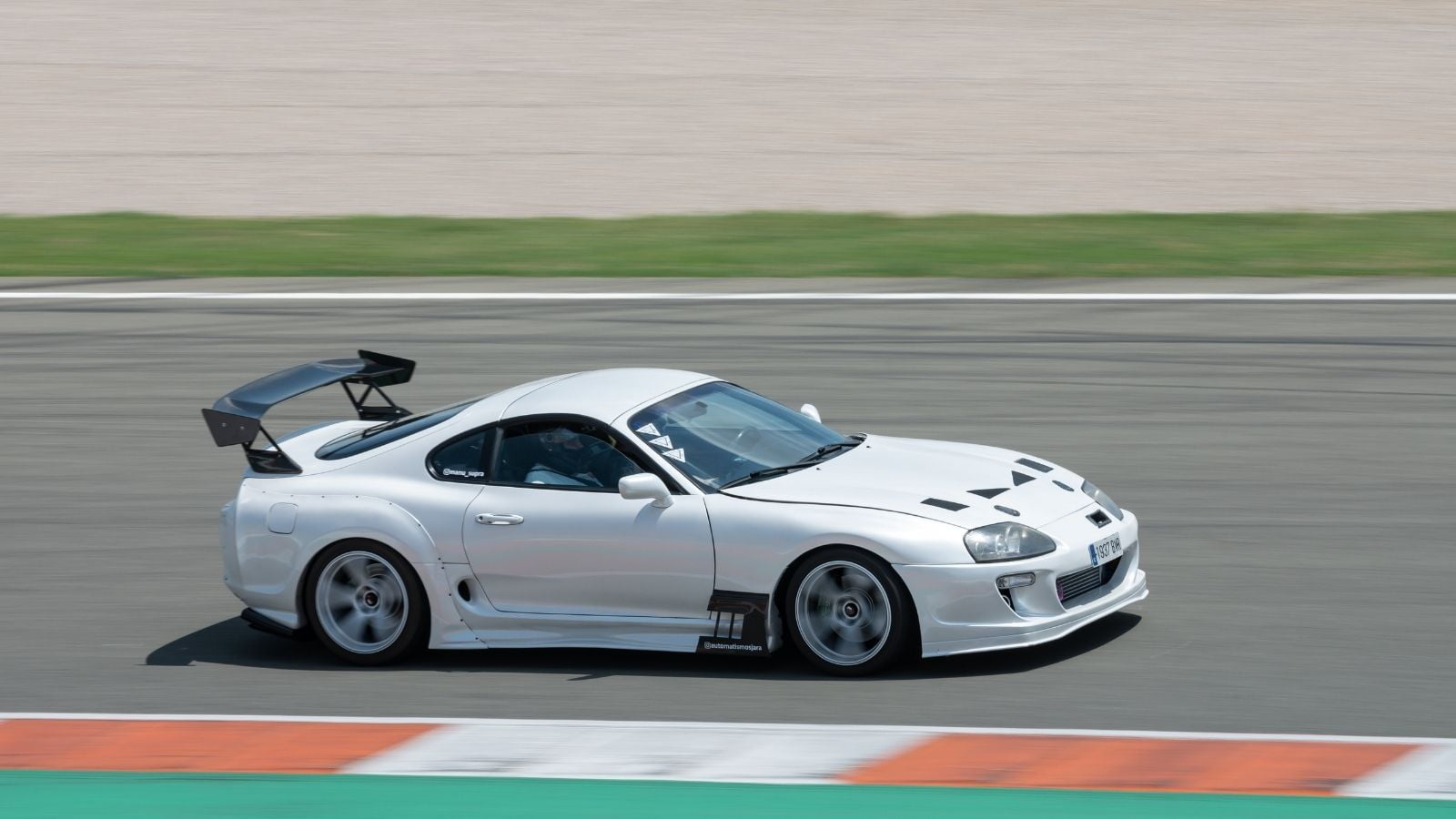
Isao Tsuzuki designed the Toyota Supra Mk IV, which became a phenomenon. Its 3.0-liter twin-turbo inline-six engine churned out 320 horsepower and accelerated 0-60 mph in 4.6 seconds. The inside had leather sports seats, a dashboard centered around the driver, and sophisticated digital readouts to create a luxurious, high-performance feel. The Supra was a legend on the streets and the big screen, thanks to its bulletproof engine, huge tuning potential, and sleek and aerodynamic body.
Ford GT40 (1964)
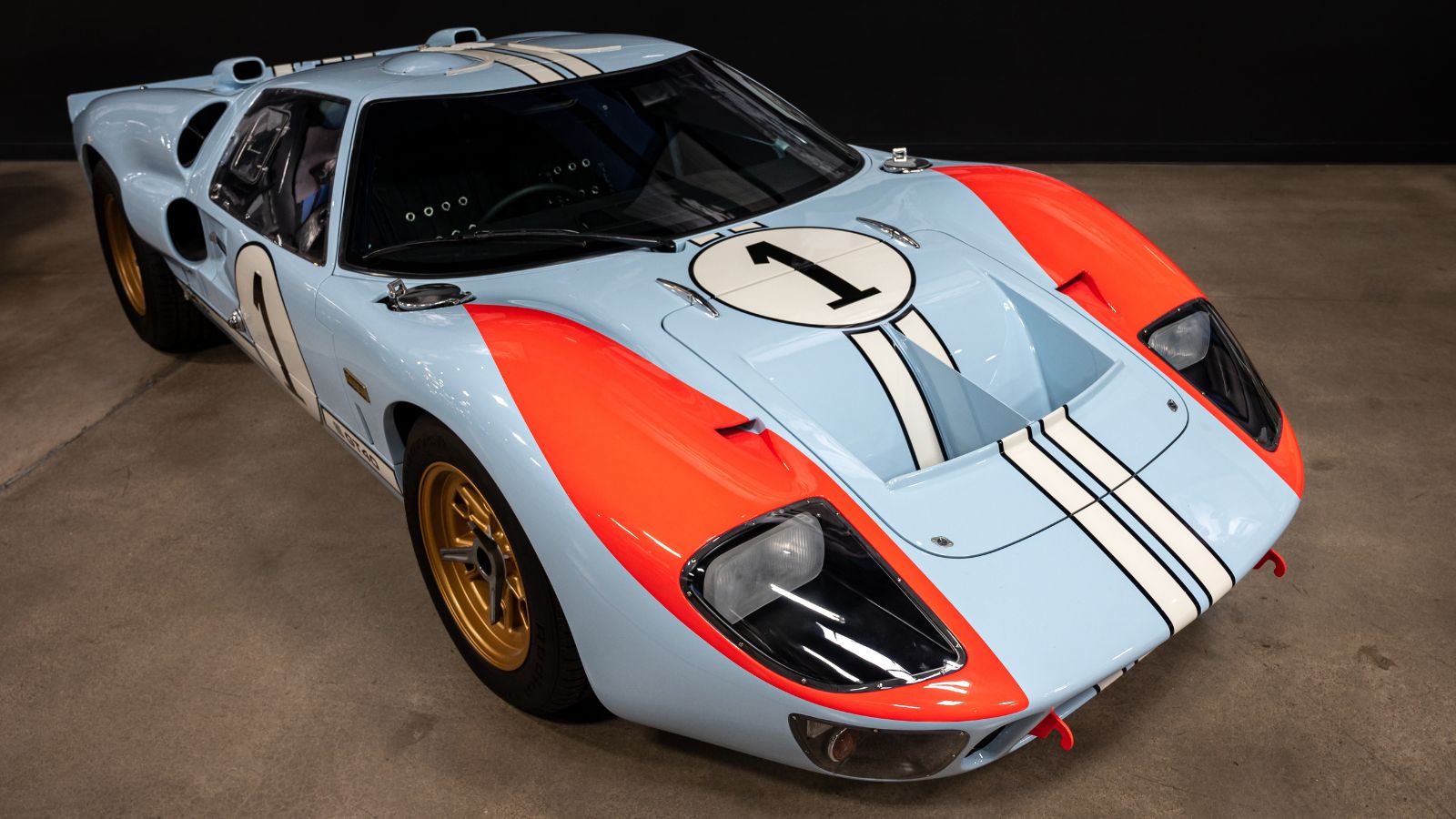
The Ford GT40 was conceived from a feud between Henry Ford II and Enzo Ferrari and emerged as a lasting motorsport legend. Designed by Roy Lunn, it sported a 7.0-liter V8 engine that generated 485 horsepower. With its scorching 0-60 mph of just 4.2 seconds, it was designed to conquer Le Mans, winning four years in a row from 1966 to 1969. On the inside, the GT40 was business as usual, with plain black bucket seats, exposed rivets, and few creature comforts. It was a rough-around-the-edges and in-your-face racing car that evolved into an icon of American engineering.
Dodge Charger R/T (1968)
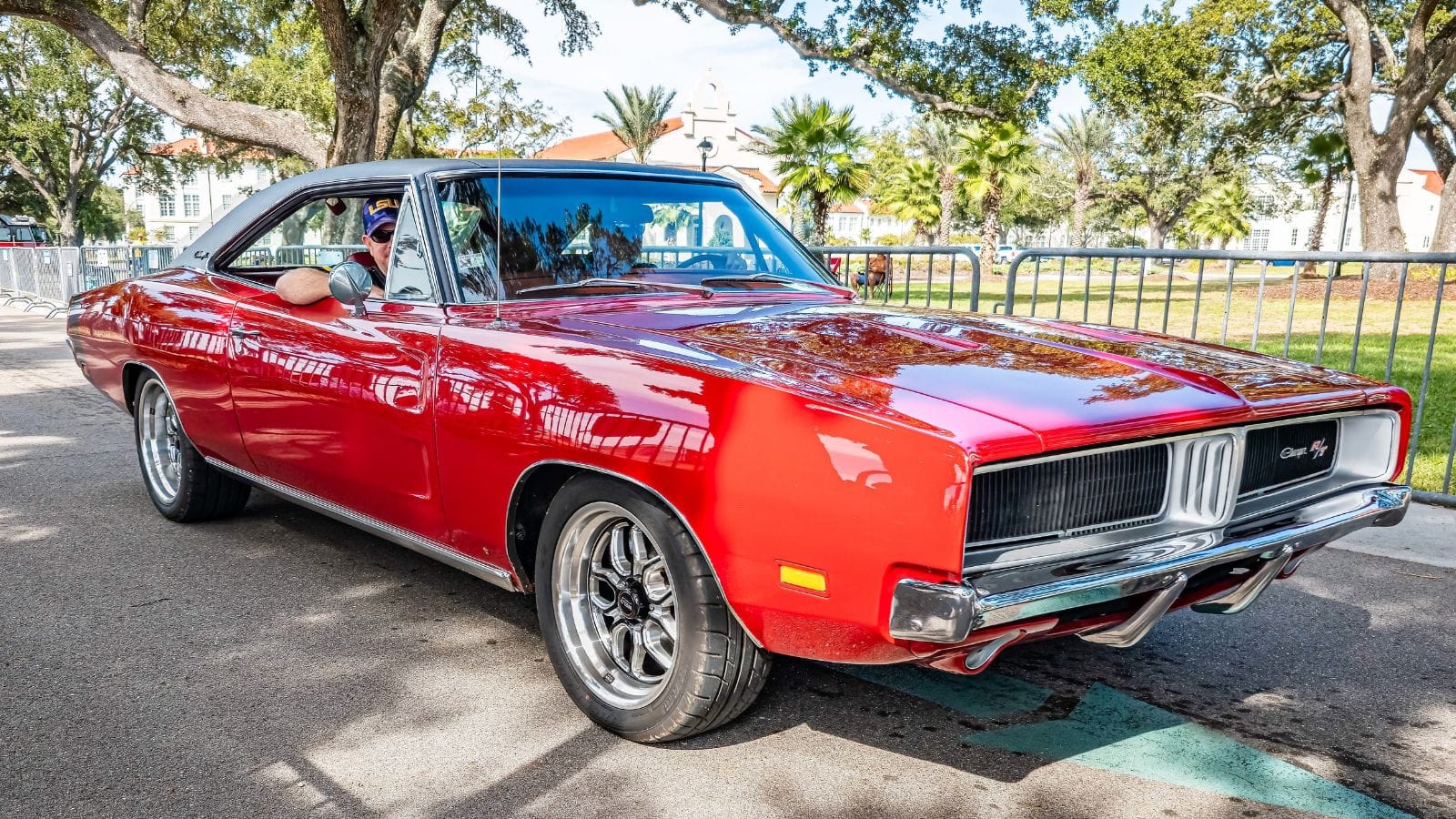
Harold K. Sparr styled the Dodge Charger R/T, which became the height of the golden era of muscle cars. Its 7.2-liter HEMI V8 screamed 425 horsepower, accelerating from 0-60 mph in 5.4 seconds. Under the hood, it had vinyl-clad bucket seats, a woodgrain steering wheel, and an aircraft-style dashboard that fused muscle and luxury. It gained popularity in its role on TV’s The Dukes of Hazzard and films like Bullitt, while the Charger R/T’s aggressive design and tire-shredding power cemented its place as a muscle car legend. It also had bold styling and hidden headlights, making it one of the most recognizable muscle cars of its time.
Land Rover Defender (1983)

David Bache designed the Land Rover Defender, the ultimate go-anywhere vehicle. It had a 2.5-liter turbo-diesel engine, producing 122 horsepower, which made it slow but unbreakable. With a 0-60 mph time of approximately 16 seconds, speed wasn’t its forte, but toughness was. It had a functional interior with all metal and hard plastic designs, including waterproof vinyl seats and exposed bolts. Cherished by adventurers and royalty, the Defender’s no-frills toughness, rectangular shape, and weathered beauty earned it popularity and made it an off-road legend.
Chevrolet Impala SS (1964)
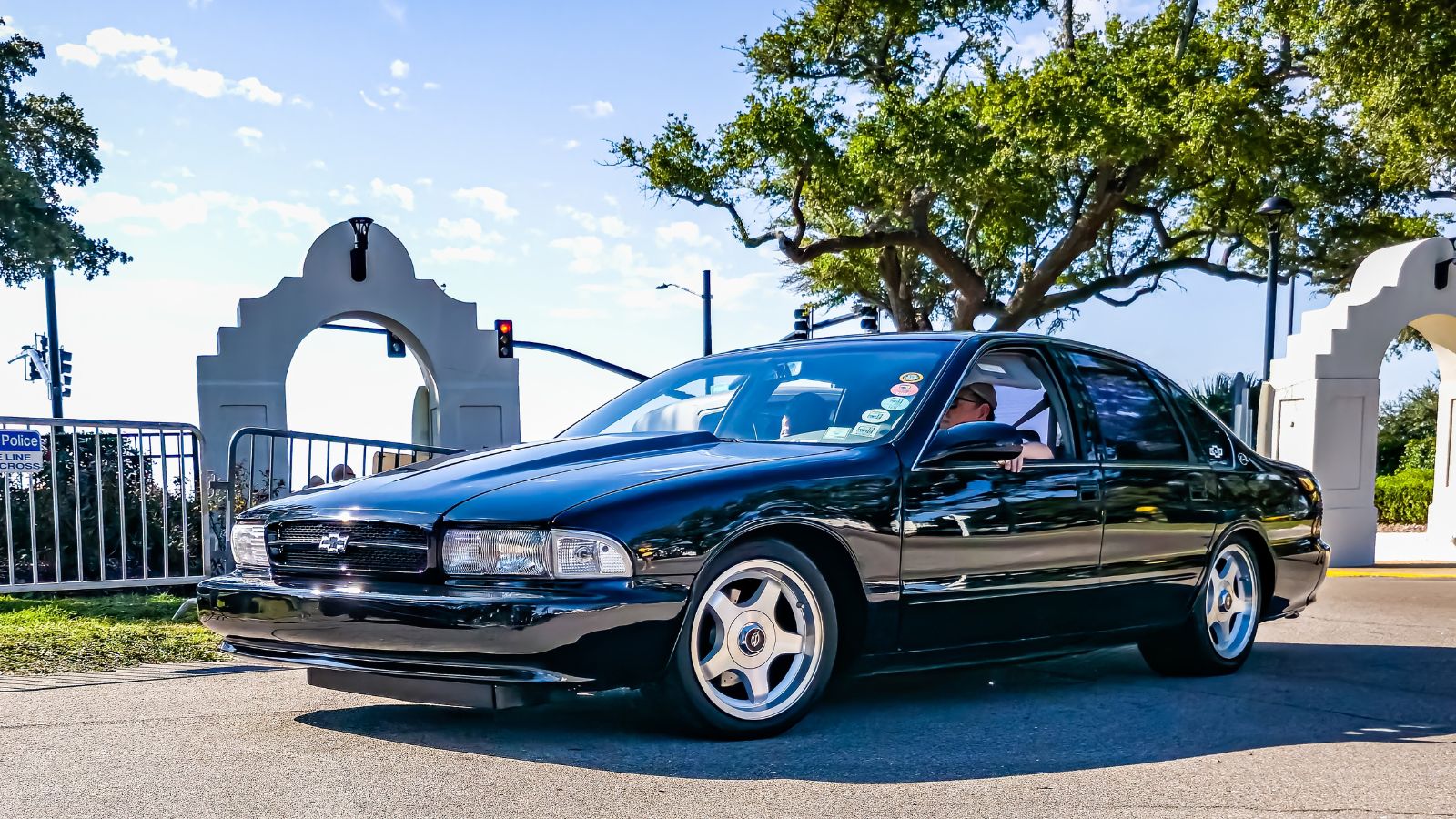
David Holls designed the Chevrolet Impala SS, combining style and muscle into one beautiful package. It had a 7.0-liter V8 engine that churned out 425 horsepower, which enabled it to accelerate 0-60 mph in 5.8 seconds. The interior had bucket seats, chrome trim, and a center console featuring a factory-installed tachometer. The Impala SS was adored by lowrider enthusiasts and drag racers for its luxurious interior, aerodynamic lines, and signature triple taillights, which also made it a classic on the road.
Mini Cooper (Classic) (1959)
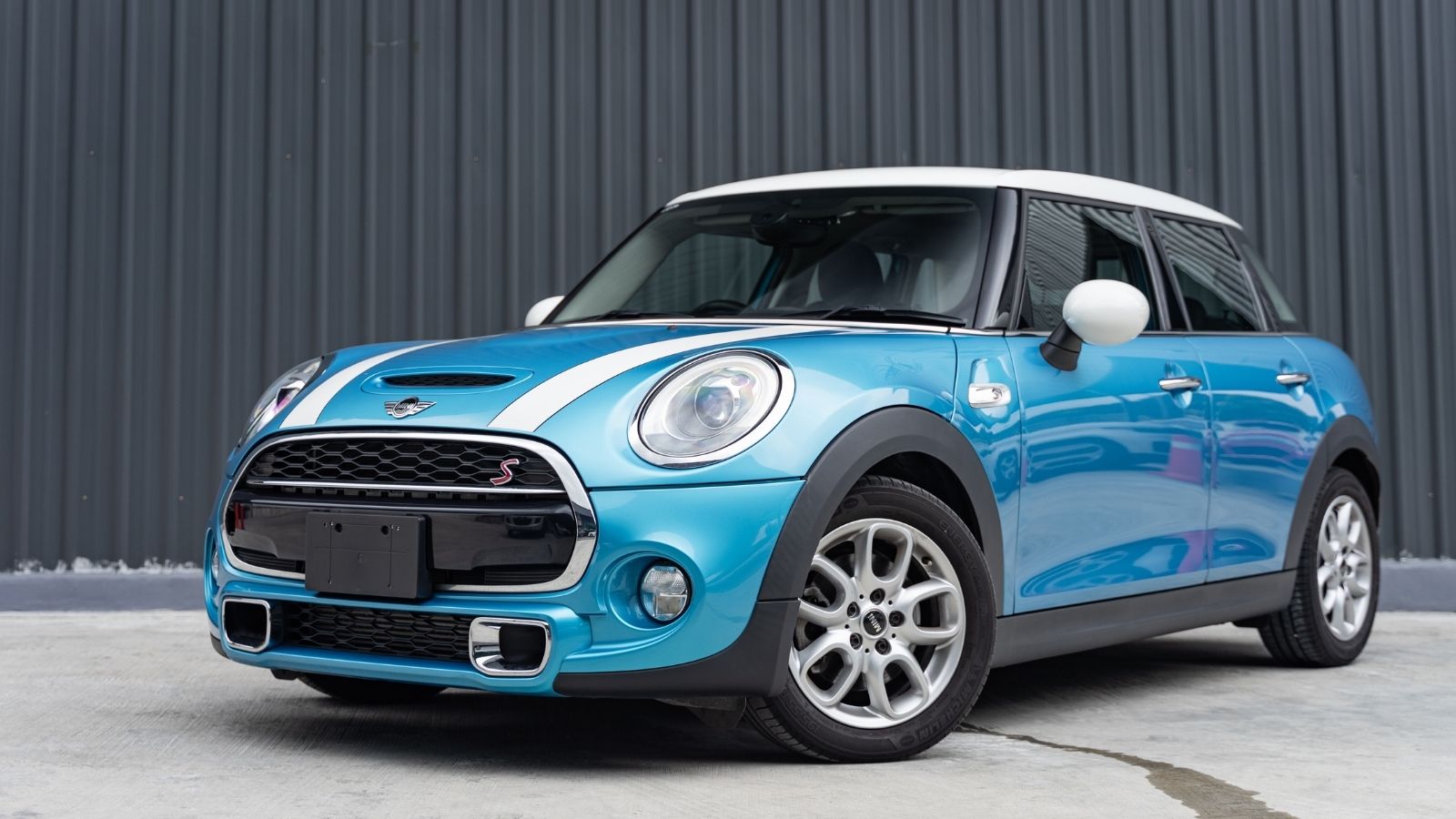
Sir Alec Issigonis designed the first Mini Cooper and revolutionized small-car performance. Its 1.3-liter inline-four engine produced a humble 76 horsepower but could still do 0-60 mph in 10.5 seconds, thanks to its feather-light frame. The interior was famously tiny but clever, with sliding windows and a center-mounted speedometer. Made famous by The Italian Job movie, Mini’s go-kart handling and playful spirit made it a global icon. In contrast, its endearing personality and unmatchable functionality made it a favorite among city drivers across the globe.
Pontiac Firebird Trans Am (1977)

Made famous by Smokey and the Bandit, the Pontiac Firebird Trans Am was a pop culture icon. Bill Mitchell designed it with a 6.6-liter V8 engine delivering 200 horsepower, which was small compared to other muscle cars but fast enough to reach 0-60 mph in 7.6 seconds. Inside, it had vintage late-’70s muscle and style, with a cockpit-style dash featuring a gold-trimmed “screaming chicken” badge on the steering wheel, high-backed bucket seats, and a T-top roof for top-down cruising.
Nissan Skyline GT-R (R32) (1989)
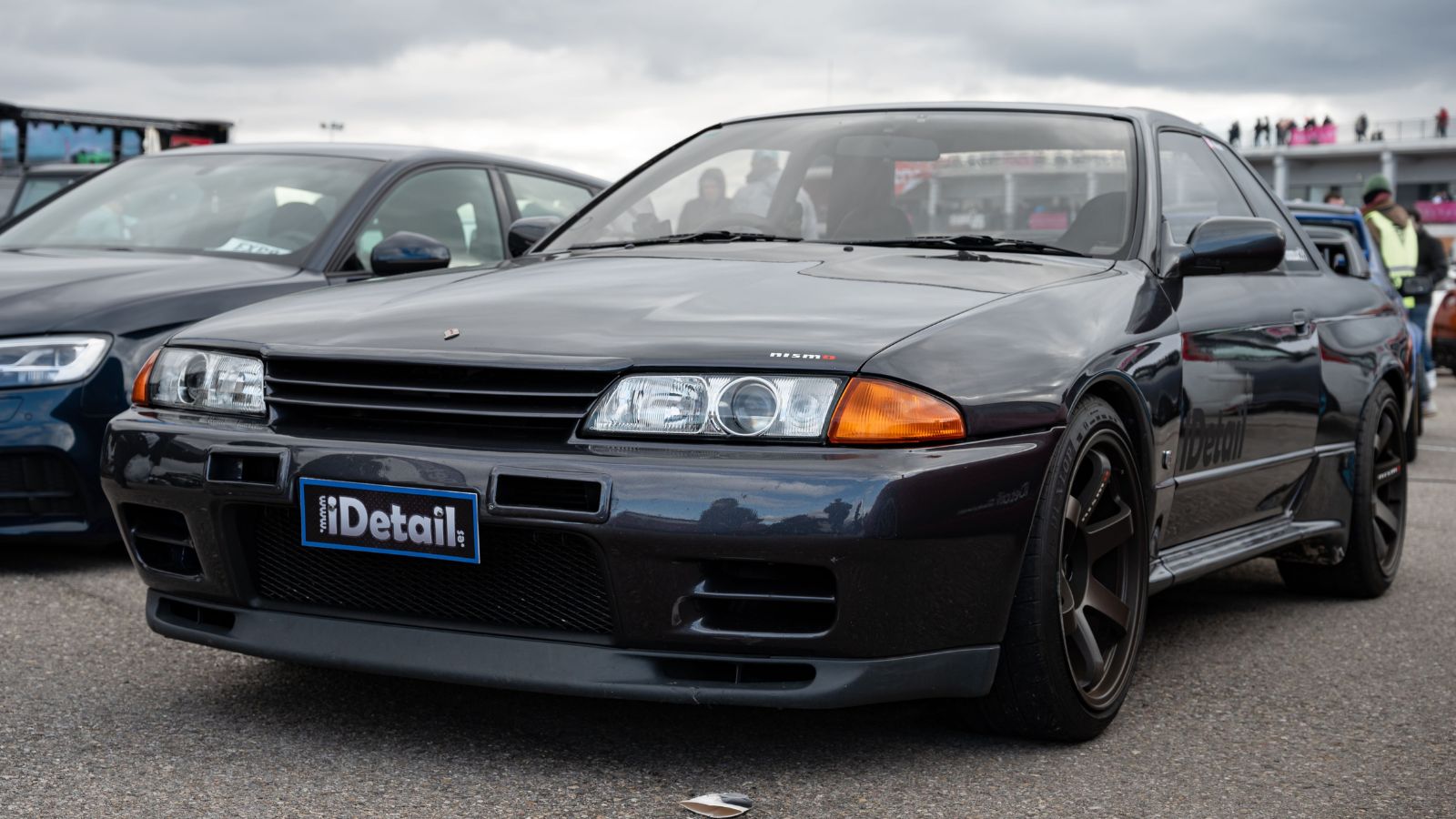
Naganori Ito designed the Nissan Skyline GT-R R32, revolutionizing Japanese performance and displaying supremacy on the racetrack. Its 2.6-liter twin-turbo inline-six engine produced 276 horsepower and could go from 0 to 60 mph in 5.0 seconds. It was monstrous. The interior was cutting-edge for its era, with bolstered sports seats, a digital boost gauge, and sophisticated all-wheel-drive technology. The R32’s balance of power and precision earned it cult status and admiration from car buffs across the globe.
Mercedes-Benz 300SL Gullwing (1954)
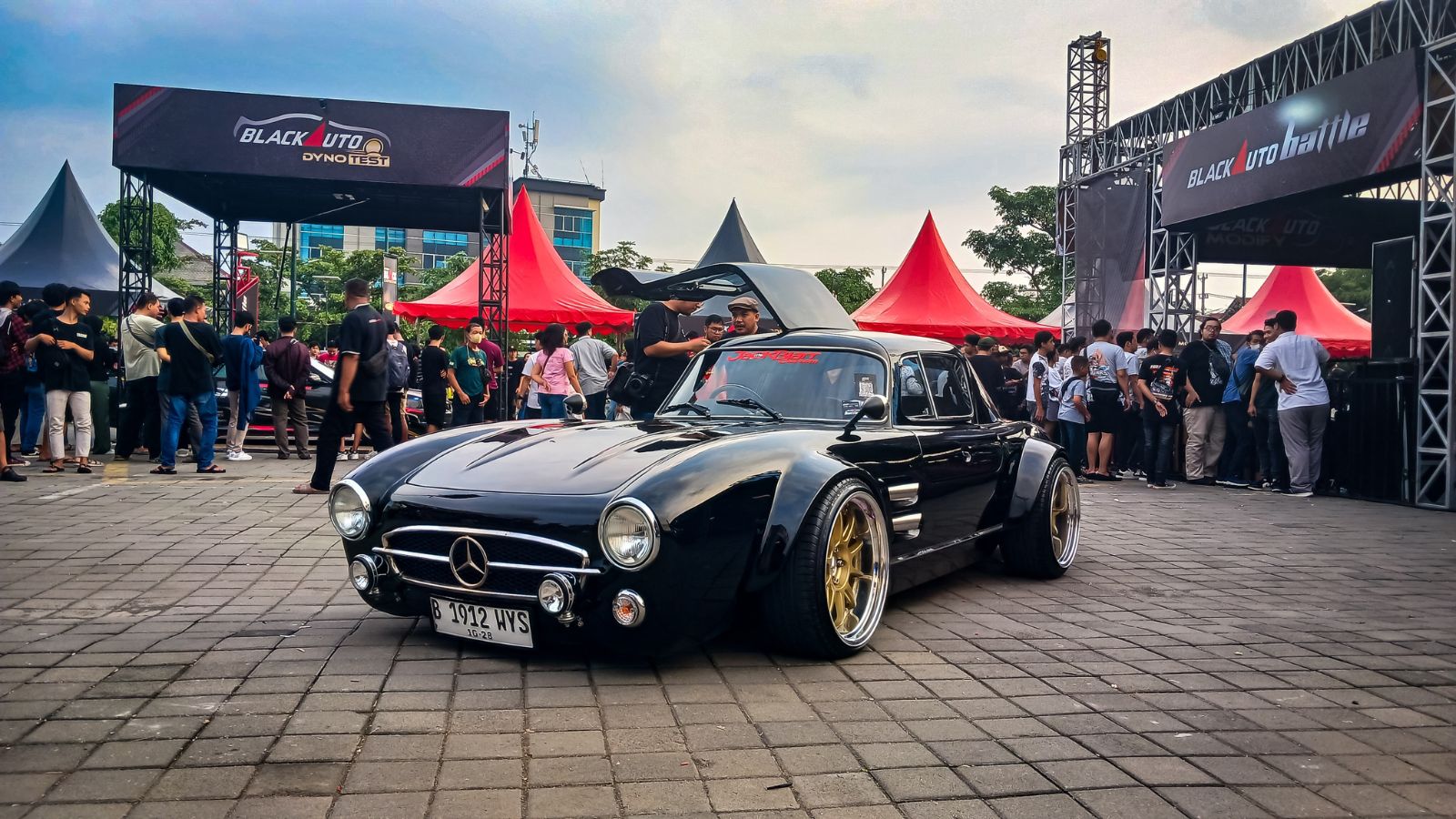
The Mercedes-Benz 300SL Gullwing was penned by Rudolf Uhlenhaut and is considered one of the most beautiful sports cars ever produced. It featured a 3.0-liter inline-six engine that produced 215 horsepower and could accelerate from 0-60 mph in 7.4 seconds, providing a blistering performance for the 1950s. The interior was a masterpiece with plaid or leather upholstery, a chrome-lined instrument panel, and now-famous upward-opening gullwing doors. The 300SL is one of the world’s most sought-after classic cars of all time because of its looks, performance, and revolutionary fuel injection system.
Honda NSX (1990)
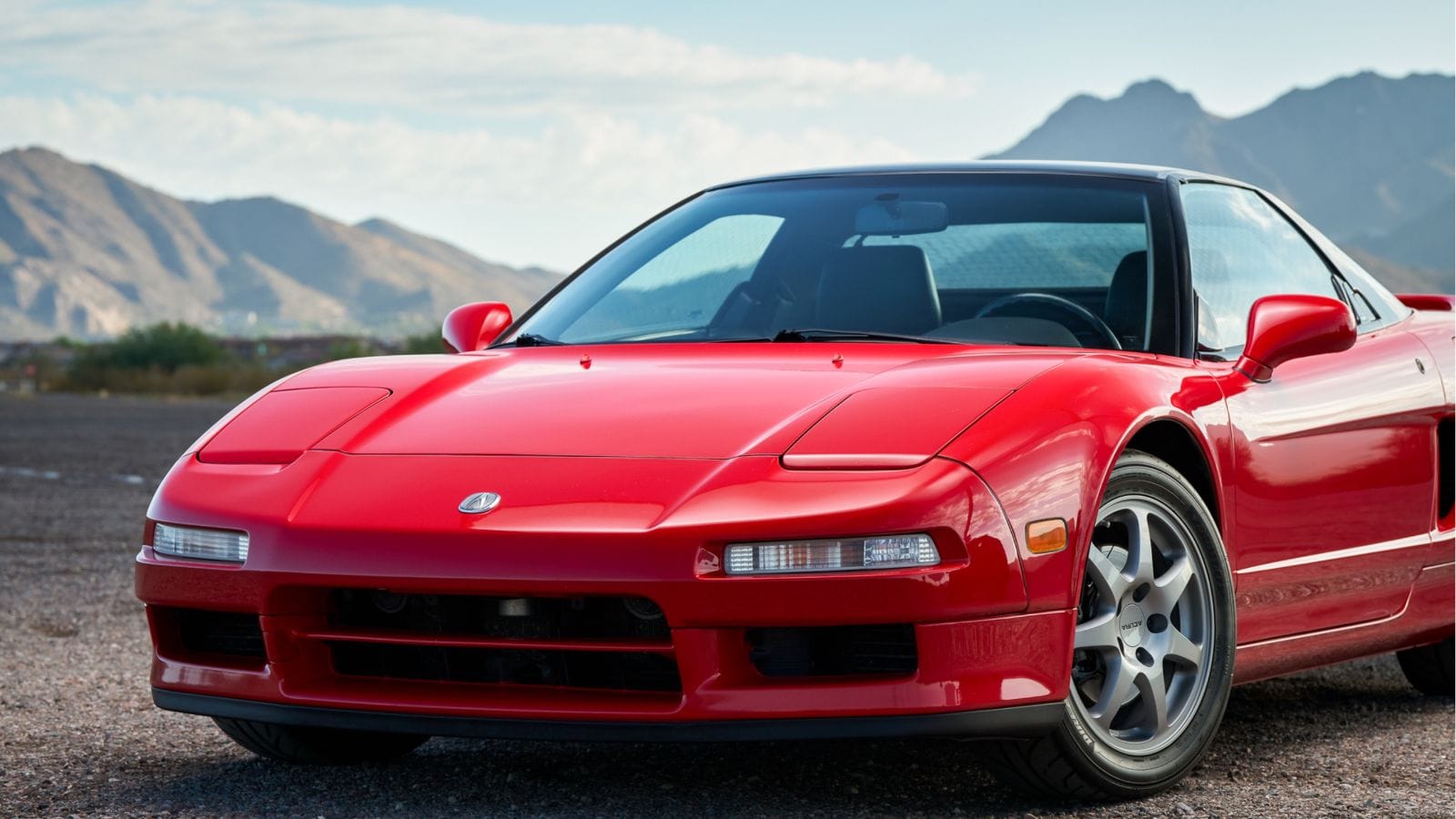
Masahito Nakano penned the Honda NSX with Formula 1 legend Ayrton Senna and redefined what a supercar should be. It had a 3.0-liter V6 engine that delivered 270 horsepower and could blast from 0-60 mph in 5.7 seconds. Inside, the NSX provided a driver-oriented configuration with leather-trimmed sports seats, a minimalist but effective dashboard, and an ergonomic steering wheel. The light aluminum chassis, high-precision engineering, and daily driveability in the NSX demonstrated that supercars could be exciting on the circuit and practical daily, leading it to become a revolutionary supercar and a lasting cult favorite.
Volkswagen Golf GTI Mk1 (1976)
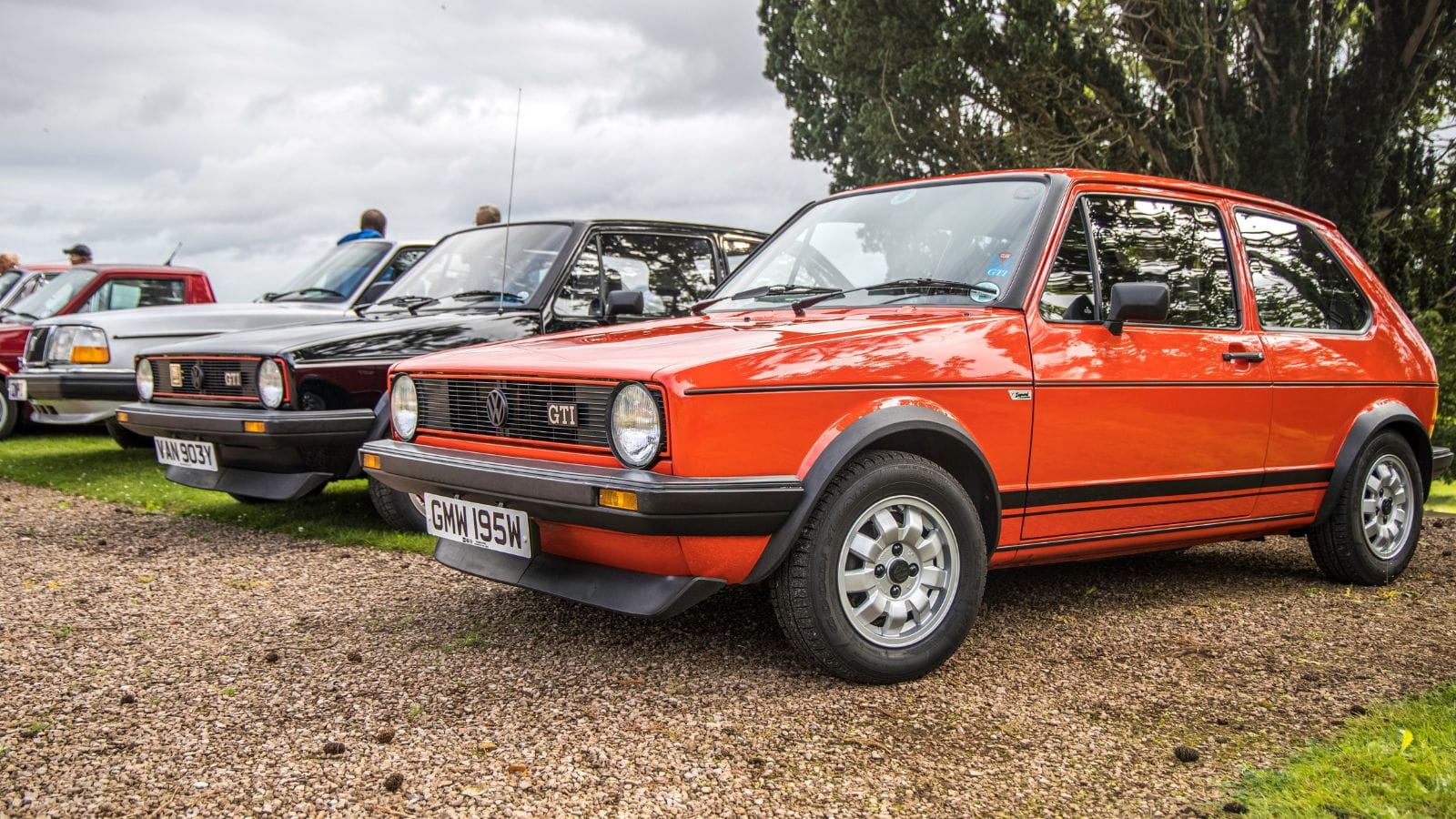
The Volkswagen Golf GTI Mk1, penned by Giorgetto Giugiaro, popularized the hot hatch. Its 1.6-liter inline-four and 108 horsepower weren’t revolutionary, but it weighed a mere 1,800 pounds and could still zip to 60 mph in just 9.0 seconds. The interior was charmingly retro, with tartan plaid seats, a golf ball-like gear selector, and a rally-style three-spoke steering wheel. The GTI ignited a worldwide passion for performance hatchbacks and established the template for fast, enjoyable, and inexpensive cars that subsequent performance hatchbacks could refer to.
Chevrolet Corvette Stingray (C2) (1963)

The Chevrolet Corvette Stingray C2, created by Larry Shinoda with Bill Mitchell’s guidance, is an icon of American performance and design. It was powered by a 5.4-liter V8 engine that produced 360 horsepower and could accelerate from 0-60 mph in 5.8 seconds. The car also had a split-window coupe version available only in 1963 and is especially prized. It featured an advanced-looking dashboard with a dual-cowl appearance, leather bucket seats, and a unique vertically mounted radio. The C2 Stingray’s aggressive look, outrageous, aerodynamic shape, and high performance helped it remain a classic.
Alfa Romeo Spider (1966)
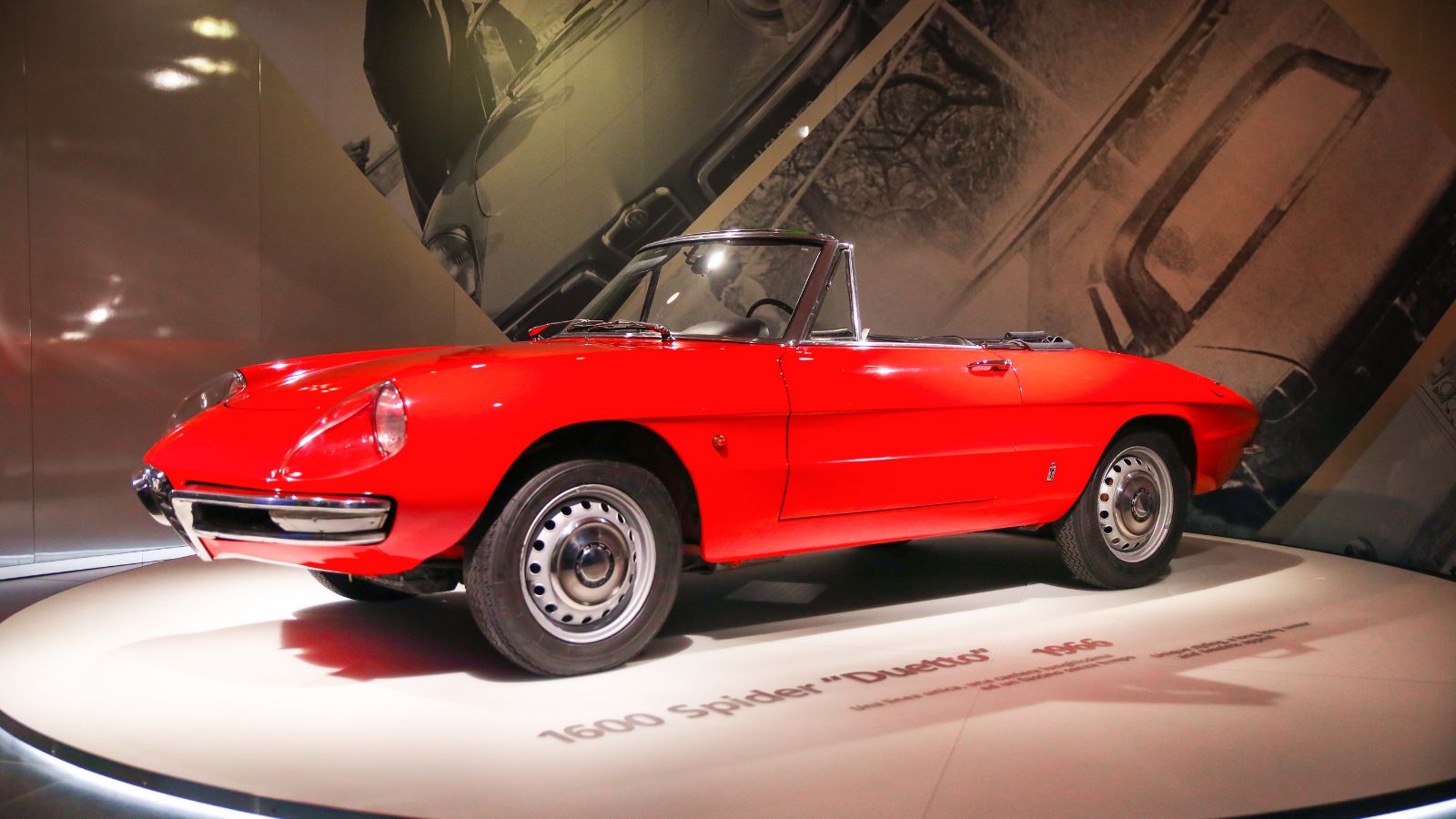
The Alfa Romeo Spider, penned by Battista “Pinin” Farina, was a marriage of Italian sophistication and open-road driving enjoyment. It featured a 1.6-liter inline-four with 108 horsepower, which made it go 0-60 mph in 10.5 seconds. The interior had leather bucket seats, a traditional three-spoke steering wheel, and chrome trim everywhere, which gave it a charming and understated chic look. The Spider’s elegant lines and romantic nature remain a draw to enthusiasts across the globe, and the classic styling and agile handling made it one of the world’s most cherished convertibles.
18 Budget-Friendly Electric Cars That Last Longer Than Their Loans — Economical Electrics
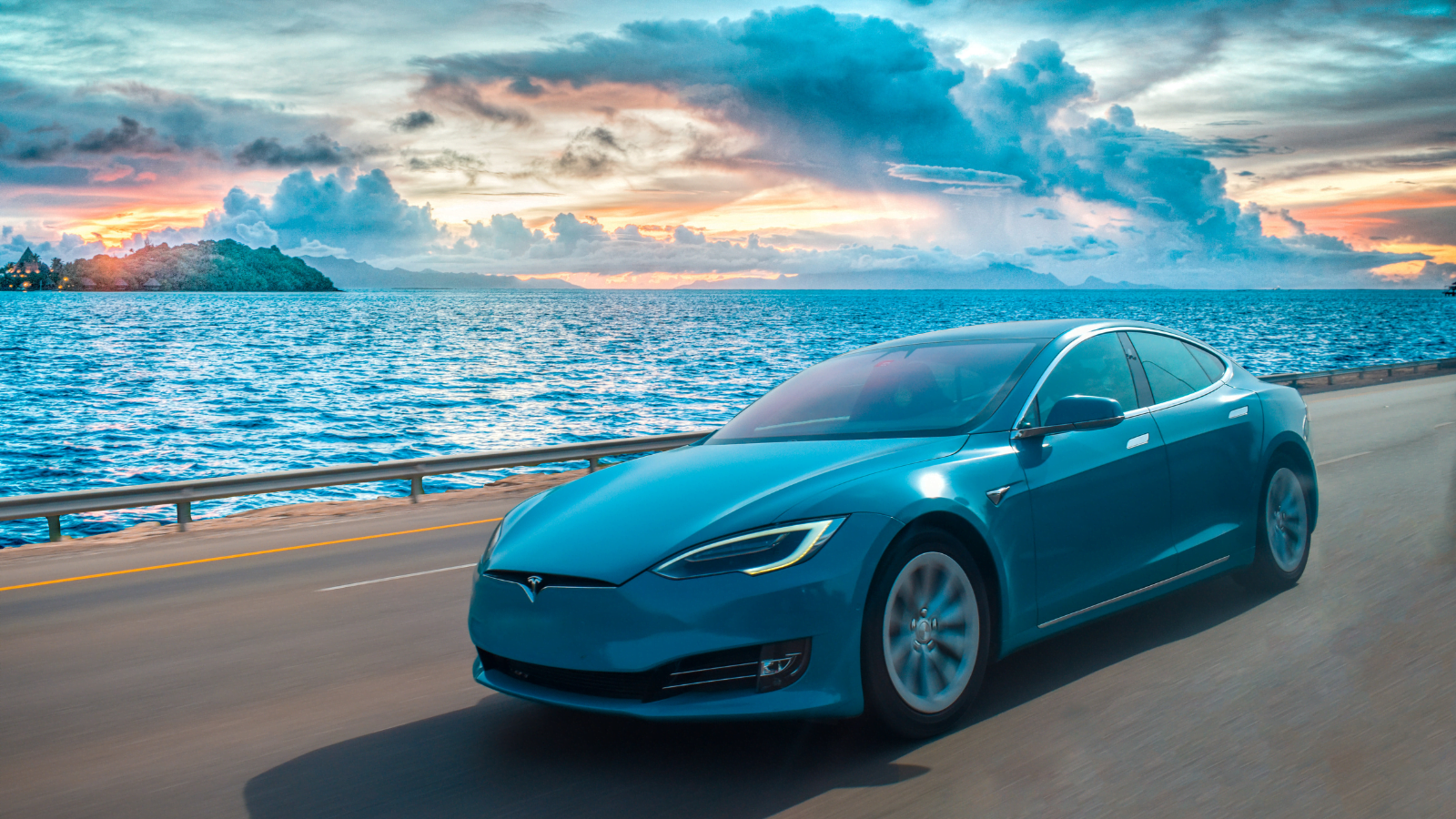
Electric vehicles are no longer a luxury for the elite—they’re a smart investment for the everyday driver. With manufacturers stepping up to the plate, affordable EVs now deliver on reliability, range, and modern comforts. Here’s a look at 18 economical electric cars engineered to outlast their payment plans.
18 Budget-Friendly Electric Cars That Last Longer Than Their Loans — Economical Electrics
